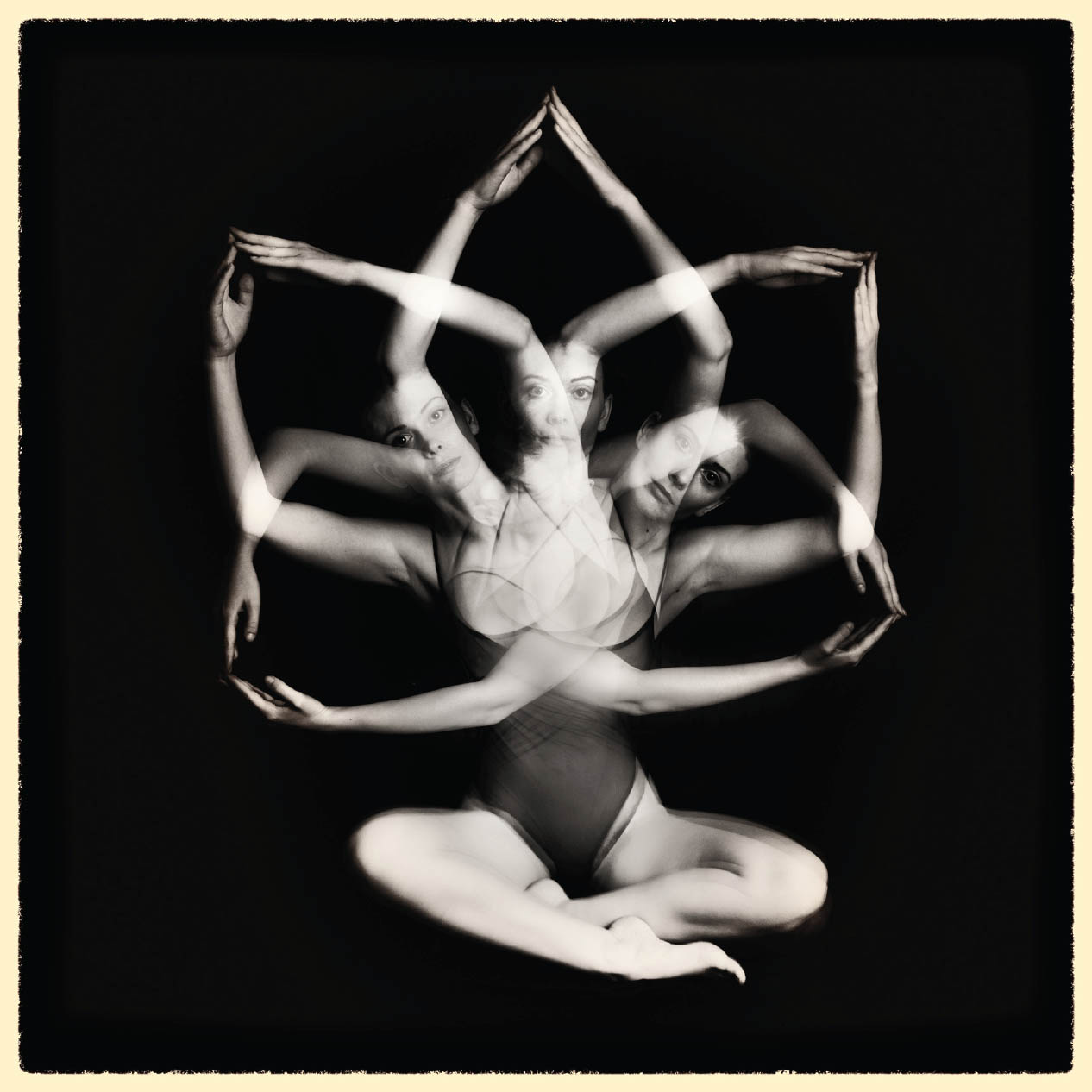Finding Monochromatic Subjects
There are as many different things to photograph as there are photographers. A good photograph uses the world around us and the human way of visual perception, and filters these elements through the consciousness of the photographer and camera and lens to create a new way of presenting the subject matter photographed.
People, places, and things are all grist for the photographer’s mill—whether presented in an overall environment or isolated in a different context.
The range of black and white photographic subjects isn’t that different from what you might take photos of in color. But there are two additional factors you need to consider:
- Whether there is sufficient tonal contrast without color to “carry” the image.
- The artifice of presenting the world without color, and whether this “artificiality” will detract from the finished image.
There are many different degrees of tonal contrast. Some monochromatic images rely on extremes of tonal contrast (pages 18–20): high-key black and white photos make their point solely using the tones on the lighter end of the grayscale (pages 54–57); low-key photos are at the darker end of the grayscale (pages 58–61).
However, some images primarily rely on the interplay between midtone grays for their appeal. You should consider your strategy in relation to these options to create successful monochromatic photos, since the grayscale is so important to black and white imagery.
Make a choice, then expose and process your image to back it up. If one of these choices is not feasible, then it is possible that your image is not the best choice for black and white.
Photography was once entirely monochrome, but of course this has not been true for a long time (see page 16). One consequence is that digital black and white images can look artificial. If you’re not careful, instead of enjoying your image the viewer will be asking the question, “Why is this photo being presented in black and white?”
The image should itself present a compelling visual reason why it is monochrome. Here are some possibilities:
- The graphic content of the image is clearer without the distraction of color.
- A great contrast is being presented between darks and lights.
- Shadows may play a big role in the image.
- The subject matter appears old-fashioned.
Perhaps you can come up with other reasons why presenting your photos in black and white is a good idea—but, personally, I just love black and white at a gut level.
If you have a general idea of the kind of subjects that work well with black and white, you will be able to find monochromatic images in many places.
Devotion—My idea in creating this in-camera multiple exposure was to have the model replicate various aspects of yoga devotional poses and combine these facets into a single image. Model: Muirina Fae.
Nikon D850, 55mm Zeiss Otus, five images combined via in-camera multiple exposure, each exposure at 1/160 of a second at f/10 and ISO 200, tripod mounted, studio strobe lighting, processed in Photoshop Adjustment layers and Nik Silver Efex Pro, border added using OnOne Perfect Effects.
Crepuscular Coast—Journeying with my camera up the spectacular Pacific coast of Oregon, I decided to visit the Hecata Head Lighthouse on Cape Perpetua. During the walk up to the lighthouse, the sun was in and out of the clouds. Turning to look at the coastline to the south, I saw spectacular rays of light coming through the morning fog and shadows. The contrast between the bright lights and the dark darks had the makings of a very interesting black and white image.
Nikon D850, 98mm, 1/2000 of a second at f/8 and ISO 200, hand held; processed to black and white using Photoshop Adjustment layers, Nik Silver Efex Pro, and Topaz plug-ins, with a texture overlay.


